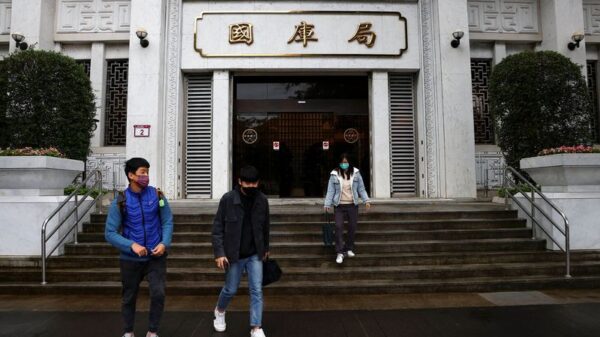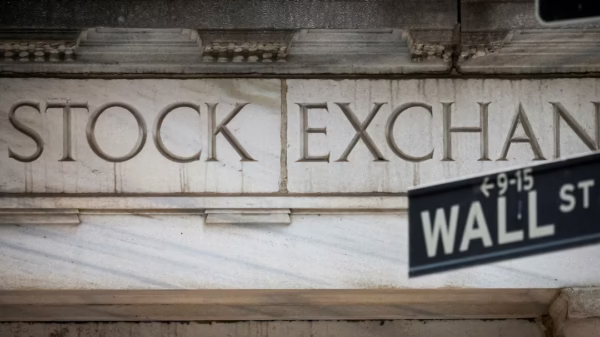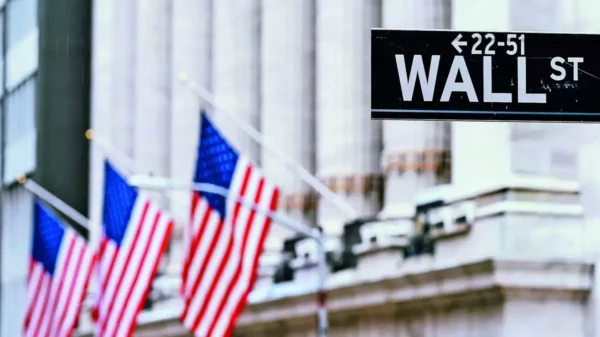UBS Flags Commercial Real Estate Downturn as a Top Risk
UBS, one of the world’s leading financial institutions, has recently identified a potential downturn in commercial real estate as a significant risk factor. This warning comes amidst growing concerns about the stability of the global economy and its impact on various sectors, including commercial real estate.
The Importance of Commercial Real Estate
Commercial real estate plays a crucial role in the economy, serving as a cornerstone for businesses, investors, and communities. It encompasses properties such as office buildings, retail spaces, industrial warehouses, and hotels. The performance of the commercial real estate market is often seen as an indicator of overall economic health.
However, UBS has raised concerns about the current state of the commercial real estate market and its potential vulnerability to a downturn. The bank highlights several factors that contribute to this risk:
1. Economic Uncertainty
The global economy has been facing significant uncertainty in recent years, with trade tensions, geopolitical conflicts, and the ongoing COVID-19 pandemic creating an unstable business environment. These factors can directly impact the demand for commercial real estate, as businesses become more cautious in their expansion plans and investors shy away from risky ventures.
UBS warns that any further economic shocks could lead to a decline in demand for commercial properties, resulting in reduced rental income and property values.
2. Overbuilding and Oversupply
In some regions, there has been a surge in commercial real estate development, leading to oversupply in certain markets. This oversupply can put downward pressure on rental rates and occupancy levels, negatively affecting the profitability of existing properties.
UBS cautions that if the pace of construction continues to outpace demand, it could lead to a significant correction in the market, potentially resulting in financial losses for investors and developers.
3. Rising Interest Rates
Interest rates have a direct impact on the affordability of borrowing for real estate investments. UBS points out that if interest rates rise, it could increase the cost of financing for commercial real estate projects. This, in turn, may lead to decreased investment activity and a slowdown in the market.
Investors and property owners with existing loans may also face challenges in refinancing their debt if interest rates become less favorable, potentially putting additional pressure on the market.
Preparing for Potential Risks
Given the potential risks highlighted by UBS, it is crucial for stakeholders in the commercial real estate sector to be proactive in managing these risks. Some strategies that can help mitigate the impact of a potential downturn include:
1. Diversifying Investments
Investors should consider diversifying their portfolios by investing in different types of properties and across various geographic locations. This can help spread the risk and reduce the impact of a downturn in a specific market.
2. Conducting Thorough Market Analysis
Before making any investment decisions, it is essential to conduct a comprehensive analysis of the market conditions, including supply and demand dynamics, rental rates, and vacancy levels. This information can help identify potential risks and opportunities.
3. Maintaining Strong Relationships
Building and maintaining strong relationships with tenants, lenders, and other stakeholders is crucial during uncertain times. Open communication and collaboration can help navigate challenges and find mutually beneficial solutions.
Conclusion
UBS’s warning about a potential downturn in commercial real estate highlights the need for vigilance and proactive risk management in the industry. Economic uncertainty, overbuilding, and rising interest rates are significant factors that could contribute to a decline in the market. By diversifying investments, conducting thorough market analysis, and maintaining strong relationships, stakeholders can better position themselves to weather potential challenges and seize opportunities in the commercial real estate sector.




































